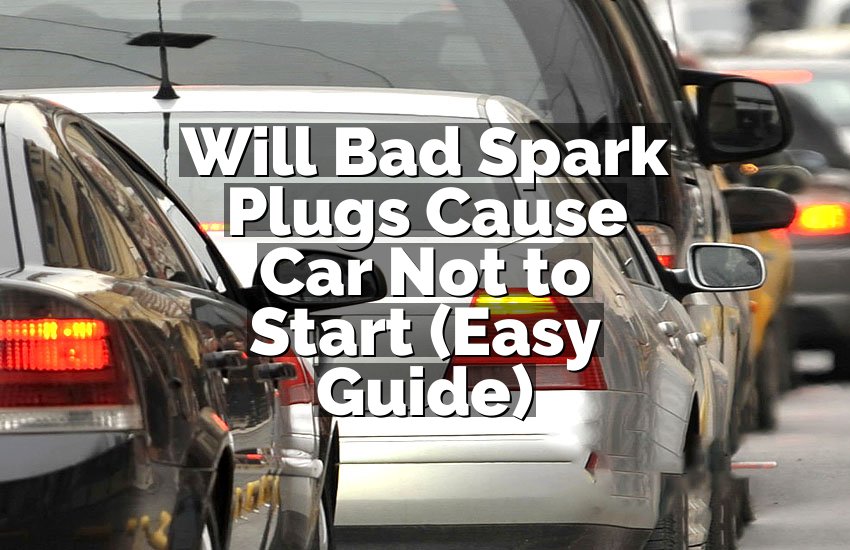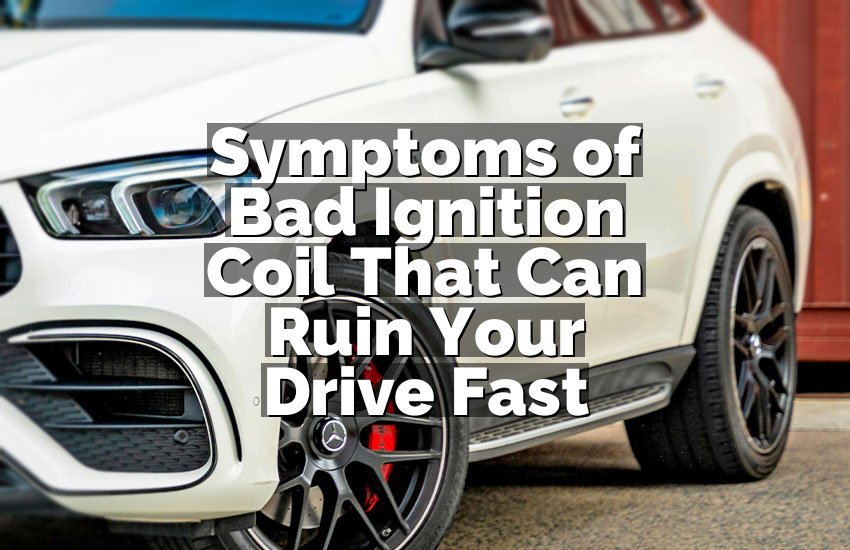Have you ever locked your Kia Ceed but noticed one door stays open? Or maybe the remote key just stops working? This problem can make anyone frustrated and worried about safety. But do not panic. In this article, you will learn why Kia Ceed central locking fails, how to check it, and the best ways to fix it for good.
Checking the Key Fob First
Most Kia Ceed central locking problems start with the key fob. The small remote you use every day controls the whole system. If the fob is weak or damaged, the locks will not respond. Many drivers think the issue is in the doors, but often it is just the fob battery.
Always start by testing the fob. Try pressing the lock and unlock buttons while standing near the car. If the light on the fob does not blink, the battery is weak. Replace it with the correct type, usually a CR2032 coin battery. It is cheap and very simple to do at home.
After replacing, check if the locks now work. If still nothing, the fob may need reprogramming. Sometimes the code between the fob and car gets lost. A dealer or auto locksmith can reset it for you. Do not ignore this step, because many owners replace locks and actuators when only a reprogram is needed.
Next, look at the fob case itself. If it is cracked or water has entered, the internal board may be damaged. You can buy a new shell or even a full replacement key. Always keep a spare key fob so you do not get locked out.
If one fob works but the other does not, then you know the issue is not the car but the faulty remote. This helps save money because you do not need to replace car parts unnecessarily. A small check like this avoids bigger repair bills.
- Check if the fob light blinks when pressed
- Replace the coin battery if weak
- Reprogram the fob if it lost sync
- Inspect for water or crack damage
- Keep a spare working fob always
Inspecting the Door Lock Actuators
When the fob works but a door stays unlocked, the actuator is the next suspect. The actuator is a small motor inside the door that moves the lock. In many Kia Ceed cars, these motors wear out over time. When weak, they may click but not fully lock.
You can test this easily. Stand outside and press the lock button. Watch and listen carefully. If one door does not move or sounds faint, that actuator is failing. Sometimes the door may even lock slowly or bounce back open. This is a clear warning that the motor is dying.
Replacing actuators is common in Kia Ceed models older than 7 years. The good news is you do not always need the dealer. Many garages can replace them, or you can buy the part online and fit it yourself if you feel confident. However, it does require removing the door panel.
If more than one door shows the same issue, then check wiring too. But if it is always the same door, the actuator is almost always the reason. Delaying repair can make the car unsafe, as thieves may open that door easily.
A failing actuator will not repair itself. Once weak, it will stop working fully. Replacing it is the only real solution. It may seem costly, but peace of mind and safety are worth it.
- Listen for weak clicking sounds in doors
- Check if the same door fails every time
- Replace the actuator when it gets weak
- Do not wait until it fails completely
- Get parts online or from a trusted garage
Looking at the Wiring and Connections
Sometimes the central locking fails not because of the fob or actuator, but because of wiring faults. The Kia Ceed has many wires running through doors and into the control unit. Over time, wires can break, corrode, or loosen.
The most common place for wire damage is inside the rubber boot between the door and car body. Every time you open and close the door, the wires bend. With years of use, they may crack. When this happens, power does not reach the actuator.
To check, gently pull back the rubber boot and look at the wires. If you see cuts or broken parts, this is the problem. Sometimes the issue only shows up when the door is open because the wire disconnects. This makes it tricky to notice at first.
A skilled auto electrician can repair broken wires by soldering or replacing them. Do not just tape them up, because that may fail again quickly. Correct repair ensures the problem does not return.
Also, check for loose plugs in the actuator itself. If the connector inside the door is loose, the motor will not run. Pushing it back in firmly may solve the issue instantly. It is worth checking before replacing expensive parts.
- Look inside the rubber boot for broken wires
- Watch if locks fail only when the door is open
- Repair wires with proper soldering, not just tape
- Check connectors inside the door panel
- Call an auto electrician if unsure
Testing the Central Locking Control Module
The control module is the brain of the locking system. It sends power to each actuator when you press the fob. If the module has a fault, the locks will not work correctly even when fob and wiring are fine.
The module can fail because of water leaks, software bugs, or age. When faulty, you may notice random behavior. For example, sometimes all doors lock, sometimes none do. Or you may hear clicking inside the dashboard with no movement in the doors.
Testing the module usually requires special tools. A garage can connect diagnostic equipment to the car. This will show if the control unit has error codes. If codes are found, the garage can reprogram or replace the unit.
Replacing the module may sound expensive, but it is often cheaper than replacing several actuators without solving the problem. Always test the module before replacing too many parts. It saves time and cost.
If water has entered under the dashboard, dry the area quickly. Water damage is a common reason modules fail. Keeping drains clear around the windscreen helps prevent leaks into this area.
- Watch for random locking behavior
- Listen for clicking but no door movement
- Ask a garage to run diagnostic tests
- Replace or reprogram the unit if faulty
- Keep drains clear to prevent water leaks
Checking the Car Battery and Power Supply
Many drivers forget that the whole system depends on the car battery. If the battery is weak, the central locking will also fail. This is because the actuators need strong power to work.
A weak car battery may still start the engine but not run other systems well. If locks only fail sometimes, especially after long parking, suspect the main battery. Cold weather makes this worse because batteries lose strength in the cold.
Testing the battery is simple. Most garages will check it free. If the battery is more than 4 or 5 years old, it may be time to replace it anyway. Keeping a strong battery prevents many small electrical faults.
Also check the fuses linked to central locking. A blown fuse means no power to the control module. Look in the fuse box under the dashboard or bonnet. The car manual will show the exact location. Replace any blown fuses with the correct type only.
Bad earth connections can also cause problems. If the ground wires are loose or rusty, power cannot flow well. Cleaning them helps restore proper function. This is a cheap fix that often gets overlooked.
- Test the car battery strength regularly
- Replace old batteries after 4 to 5 years
- Check and replace blown fuses if needed
- Inspect earth wires for rust or looseness
- Remember weak power causes weak locks
Preventing Future Central Locking Issues
Once you fix the problem, you want to keep it working. Regular checks and care can stop the same fault from coming back. Central locking is used every day, so small care goes a long way.
Keep the key fob dry and safe. Do not drop it often, as the small board inside cracks easily. Replace batteries once a year so it never fails suddenly. Keep a spare fob working and tested.
Listen to your doors. If you hear them struggling to lock, act quickly. Replacing an actuator early stops you from getting locked out later. Do not wait until all doors fail.
Clean the door seals and drains. Water leaks are a big reason modules and wiring fail. If water enters, it damages electronics. Keeping seals soft and drains open is an easy way to protect them.
Also, run a full check on wiring during regular service. Ask the garage to look at the door boots and connectors. This adds only a few minutes but saves big costs later.
- Keep the fob safe, dry, and with fresh batteries
- Act fast if doors lock weakly or slowly
- Clean seals and drains to stop water damage
- Ask garages to inspect wiring at service
- Always keep a spare working fob ready
Final Thoughts
Kia Ceed central locking problems can be frustrating, but they are not impossible to fix. Most issues come from the fob, actuators, wiring, or battery. With quick checks and proper care, you can find the real cause and repair it without wasting money. Once fixed, keep the system healthy with small habits. Safety and peace of mind are always worth the effort.
| Cause | Fix |
|---|---|
| Weak key fob battery | Replace with new coin battery |
| Failing actuator | Replace motor inside the door |
| Broken wiring | Repair or solder damaged wires |
| Faulty control module | Diagnose and reprogram or replace |
| Weak car battery | Test and replace if needed |
| Blown fuse | Replace with correct type |
Frequently Asked Questions (FAQs)
Is it safe to drive with faulty central locking?
It is safe to drive, but it is not safe to park with faulty central locking. If one or more doors do not lock, your car becomes an easy target. Thieves look for weak points like this. Also, if the doors unlock themselves while parked, you may not notice. It is better to repair the issue quickly so you do not risk theft or loss.
Can a weak car battery cause central locking to fail?
Yes, a weak car battery is one of the main hidden reasons for locking problems. Even if the car still starts, the battery may not supply enough power for all systems. Central locking needs a strong pulse of power to move actuators. If the battery is weak, the locks may work slowly or not at all. Replacing the battery often fixes the issue right away.
Do I need a dealer to reprogram my key fob?
No, you do not always need a dealer. Many auto locksmiths can reprogram Kia Ceed fobs at a lower price. In some cases, if the fob is not fully broken, simple steps at home may work. But when the code is lost completely, only proper tools can fix it. Dealers have the official equipment, but locksmiths can also do the same job for less money.
Is it expensive to replace a Kia Ceed actuator?
It depends on where you go. If you buy the part online, the cost is lower, and you can even replace it yourself if skilled. At a dealer, labor and part prices are higher. However, garages can usually do it cheaper. Actuators are not the most expensive part, but ignoring them can cost more in safety. Acting early saves both money and stress.
Can wiring faults cause random locking and unlocking?
Yes, broken or damaged wires can cause the locks to act randomly. If wires inside the door boot are cracked, the locks may work sometimes and fail other times. You may notice it more when the door is open or closed at certain angles. This makes it look like a ghost problem, but it is only wiring. Repairing the wires properly fixes it fully.
Do I need to replace the whole control module if faulty?
Not always. Sometimes the module only needs reprogramming. A garage can test it with diagnostic tools to see if it has errors. If water has damaged it badly, then replacement may be the only choice. But in many cases, reprogramming or cleaning connectors may bring it back to life. Always test before replacing to avoid wasting money.
Is it possible to fix a fob that has water damage?
Sometimes yes, sometimes no. If water entered recently, you can dry the fob quickly and it may still work. Remove the battery at once and let the board dry fully. However, if corrosion has already set in, it will not recover. In that case, a replacement fob is the only solution. It is better to prevent water damage by keeping fobs away from rain and washing machines.
Can central locking stop working in cold weather?
Yes, cold weather makes many problems worse. Batteries lose strength in the cold, both in the car and the fob. Actuators also get stiffer when frozen, making them slower. Wiring that is already weak may also shrink and crack in freezing conditions. This is why many owners notice more locking problems in winter. Keeping parts in good condition helps reduce these seasonal issues.


